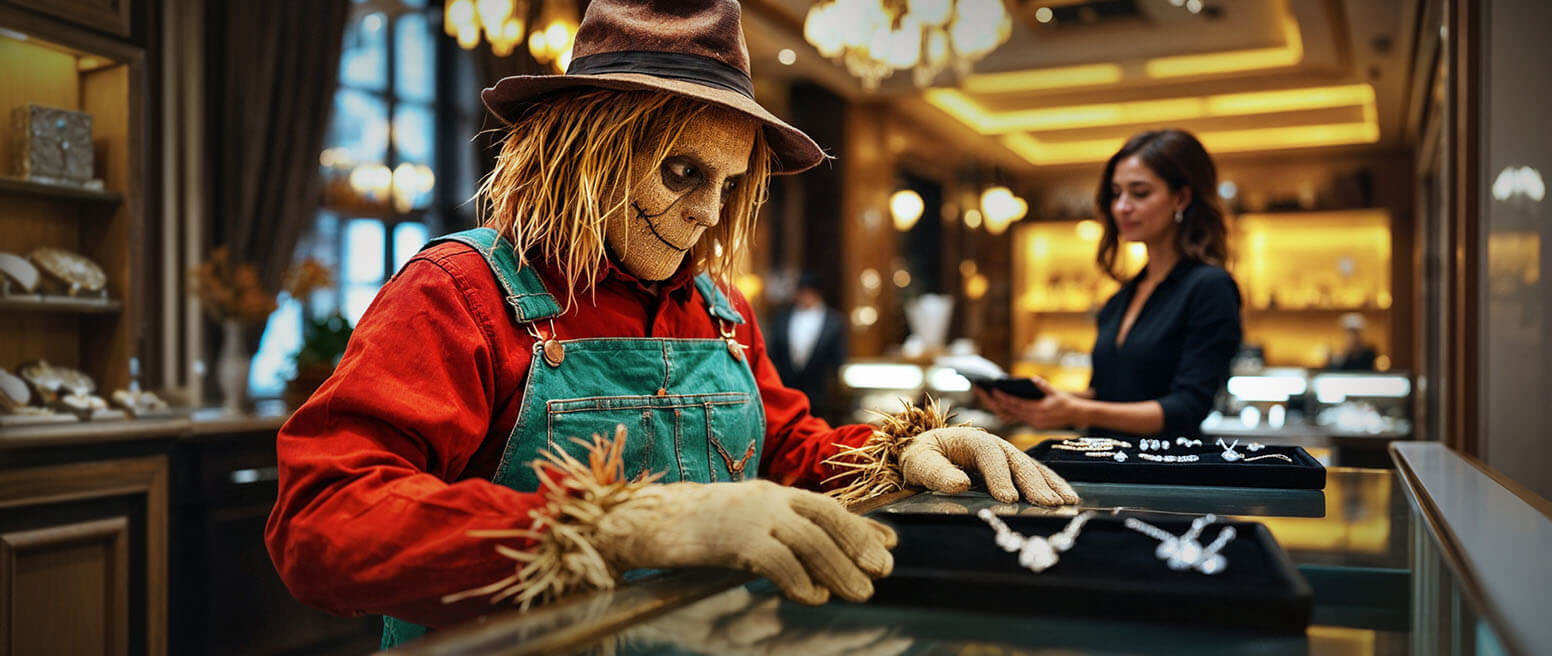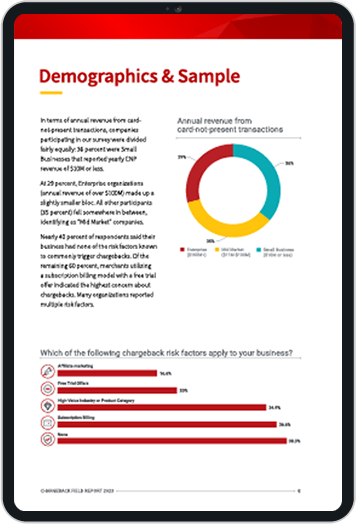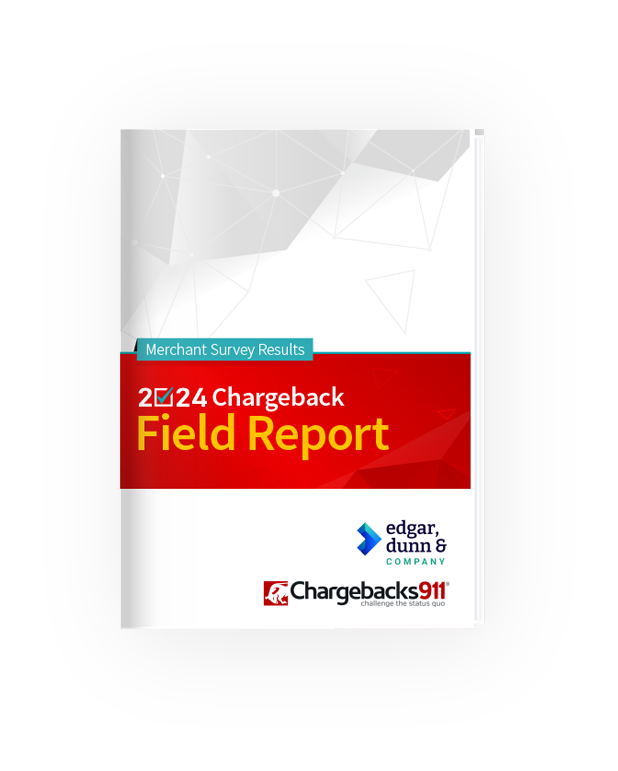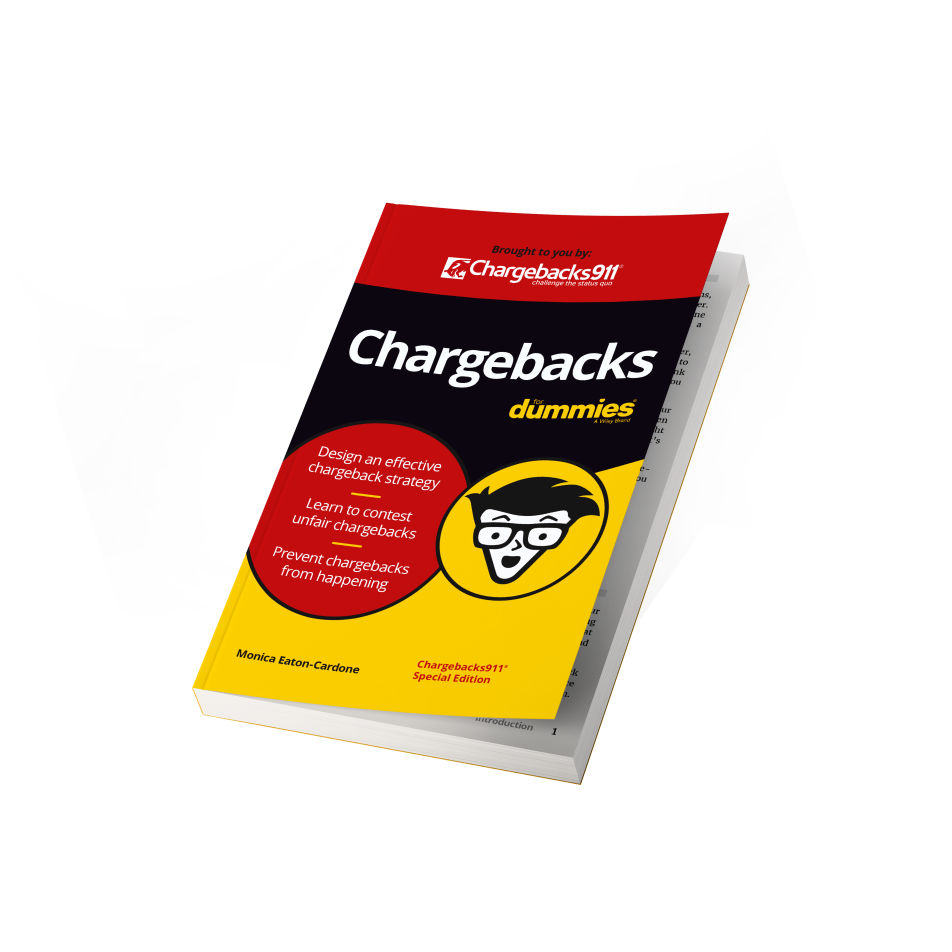What Are Straw Purchases? Are They Illegal? What Can You Do About Them?
Ever seen a couple of college students loitering around outside of a liquor store? Ever had one approach you and ask you to buy a bottle for them?
Hopefully you said “no,” because buying alcohol for minors is illegal (obviously). If you actually did what they asked, though, you’d be what’s known as a straw purchaser.
But what counts as straw purchasing? Is it always against the law?
In this post, I’ll walk you through what straw purchasing is, why it’s done, and how it ties into other types of fraud.
Recommended reading
- Fake Google Reviews: How to Identify, Remove & Prevent
- The Top 10 Prepaid Card Scams to Watch Out For in 2025
- How do Banks Conduct Credit Card Fraud Investigations?
- How Card Cracking Works: Tactics, Red Flags & Prevention
- Credit Card Cloning: How it Works & How You Can Prevent It
- How Overpayment Scams Work: Signals, Examples & Prevention
What is a Straw Purchaser?
- Straw Purchaser
A straw purchaser is an agent who agrees to acquire a good or service for someone who is typically unable or unwilling to purchase the good or service for themselves.
[noun]/strô • pər • CHəs • ər/
In simple terms, a straw purchaser is a person who buys something on behalf of someone else. This is usually done because that “someone else” cannot make the purchase on their own.
The “true” buyer may lack the necessary credit history to make a purchase, for instance. Or, they may be legally ineligible to make the buy.
That last one can be a big problem for merchants, especially when we’re talking about eCommerce.
The internet is largely anonymous. That makes it a lot easier for criminals to mask their identities and commit fraud or launder funds. Instances of this have increased dramatically, following the same growth pattern as eCommerce as a whole.
Straw purchases differ from gifts. The recipient of a gift is just that: a recipient. With a straw purchase, however, the recipient is actually the true buyer; the purchase is simply being made through a proxy.
How Straw Purchasing Works
Straw purchases are not inherently illegal. There are sometimes good, legitimate reasons to do this.
For example, suppose your daughter wants a car and is willing to pay for it, but hasn’t yet built a credit history. To help her avoid paying sky-high interest rates, you act as a straw purchaser. You buy the car for her, and she pays you back. By going through you, she’s more or less “borrowing” your higher credit score to make her purchase.
Business organizations can leverage this technique, too. Think of an investment firm that wants to buy several connected properties and erect a huge hotel and casino. If the property owners knew this, they might demand more money for their real estate. So, the firm employs multiple straw purchasers to buy land from individual owners.
A little shady? Maybe. But it’s still entirely legal to do.
When the Walt Disney Company was looking to acquire a vast amount of land to construct Disney World, they employed shell companies like the Latin-American Development and Management Corp., Tomahawk Properties, and the M.T. Lott Co. (“empty lot” — get it?) to serve as straw buyers. “There were dozens of landholders, and as soon as someone heard that Disney bought lot one, they knew the price on lots two through 50 would go through the roof,” explains Disney historian David Koenig.
When Are Straw Purchases Illegal?
Staw purchasing is considered illegal if the primary intent is to subvert the law and commit deliberate fraud by deception.
Where straw purchasing pivots into illegal territory is when there is a deliberate intent to commit fraud by deception. In other words, the true buyer uses a straw to obtain something that they aren't allowed to have.
The college students we saw earlier are a prime example. It may seem harmless to buy a bottle of wine for an undergrad who’s a few months shy of 21. But, it’s still illegal nonetheless.
Depending on the circumstances, the straw buyer could be charged with a misdemeanor or a felony. And if you’re the merchant that sold the bottle, you could be held at least partially responsible.
That’s one, relatively low-stakes type of illegal straw purchase. Here are some other, larger-scale ways that criminals use straw purchases:
Fraud of any type will cost you. See how we can help
Request a Demo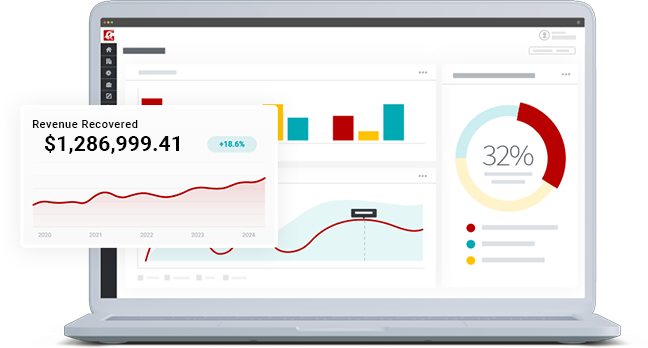
Risks for Merchants Due to Straw Purchasers
Fraud resulting from straw buying and identity theft can lead to illegitimate purchases at your business. When it involves your store or your customers, you can easily get caught in the crossfire… and pay a heavy price.
First there are the financial losses. Purchases made with stolen credentials lead to chargebacks, which translate to refunds, fees, and lost merchandise. Fraud prevention solutions will also add to your costs. With excessive chargebacks, there’s also a possibility of being seen as a greater fraud risk by payment processors.
Then there are legal issues to contend with. Selling to a straw purchaser — even unknowingly — can lead to trouble. For example, selling a firearm to an ineligible buyer is bad on its own, but if the weapon is used to commit a crime, you may be forced to accept some culpability.
Straw Buyer Red Flags to Watch For
Knowing what to look for can help you identify a straw buyer prior to the transaction.
If you suspect a customer might be a straw buyer, look for these common red flags:
- The suspected straw buyer has nervous body language, seems rushed, or has an uneasy tone of voice.
- The straw buyer’s “friend” is doing more of the talking and answering the questions, while the supposed customer stays quiet.
- The current order seems out of the ordinary for the buyer, based on their profile or transaction history.
- An individual making a large purchase uses funds from another party.
- The collateral value seems suspiciously high, which might qualify the straw buyer for a discounted rate.
- The amount of money the buyer claims to earn doesn’t jibe with their job, profession, or age.
- The buyer is consistently unavailable. True purchasers like to keep their strawmen away from the seller.
Nothing here is a definitive sign of an obvious straw buyer. But, any one of them could also be indicative of a straw purchaser attempting to buy for someone else… and trying to keep you from finding out.
Keeping Straw Buyers & Other Fraudsters at Bay
If you deal in the types of goods that might make you a target for straw purchase fraud, there are some steps you can take to mitigate your risk.
You’ll want to create a layered security model that can address issues on an increasingly granular level. Your first line of defense should be advanced identity verification, Know Your Customer (KYC) processes, and security elements such as 2-factor authentication (2FA). This will help you detect suspicious buyers before they get too far into the transaction.
Your next layer will deal more with detecting behavioral anomalies. This is where you’ll pick up the red flags we mentioned earlier. Tools such as AI-driven fraud detection and automatic velocity checks will identify and alert you to potential problems.
After that, you’ll need to implement more “hands-on” tactics. Educating employees about suspicious transaction behaviors is key, as you’ll need people to do manual reviews on flagged transactions. Keeping tight records of these cases will assist with future prevention efforts. In extreme cases, you may want to blacklist buyers or even report them to the authorities.
Legitimate Purchase
- Purchasing for personal use or as a gift Billing and shipping information matches
- Paid with their own card or a verified payment method
- Consistent purchase history and behavior
- Willing to provide information and answer questions
- Purchasing goods in normal quantities, based on typical customer patterns
- Okay with normal delivery locations and timelines
Straw Purchase
- Buying on behalf of someone else who avoids direct involvement
- Mismatched billing and shipping information
- Uses prepaid cards, multiple payment sources, or third-party payments
- Sudden large or unusual purchases without prior history
- Avoids questions, appears coached, or hesitant about details
- Bulk purchases of high-risk items that are easy to resell
- Requests rushed or unusual delivery methods (e.g., freight forwarding)
The prevention measures used to fight straw purchasing are many of the same tactics you’d use to manage other types of fraud. But you’ll ultimately need a comprehensive, end-to-end fraud management plan.
Chargebacks911® has a wealth of experience-based knowledge and expertise in providing cost-effective prevention and risk mitigation strategies. Contact us today to learn more.
FAQs
What is an example of a straw buyer?
An adult purchases a bottle of liquor, allegedly for themselves. In reality, they are a straw buyer for a minor, who pays for the transaction.
What are the red flags for straw buyers?
A few red flags include nervousness, inability to answer questions about the purchase, communicating with or being coached by a 3rd party, and pushing to get the transaction done as quickly as possible.
Is a straw buyer illegal?
In most areas, straw buying is legal so long as the seller is not defrauded. There are places, however, that outlaw the entire process.
Why do they call it a straw purchase?
In this context, the purchase is being made by a “straw man" as in a fake man, or a scarecrow.
How common are illegal straw purchases?
The most blatant form of straw purchases involve firearms. National survey data suggests that there are more than 30,000 attempted straw purchases of firearms annually. That number represents the attempts that were unsuccessful; the total is likely far more, especially if we counted all such cases, including those not involving firearms.


